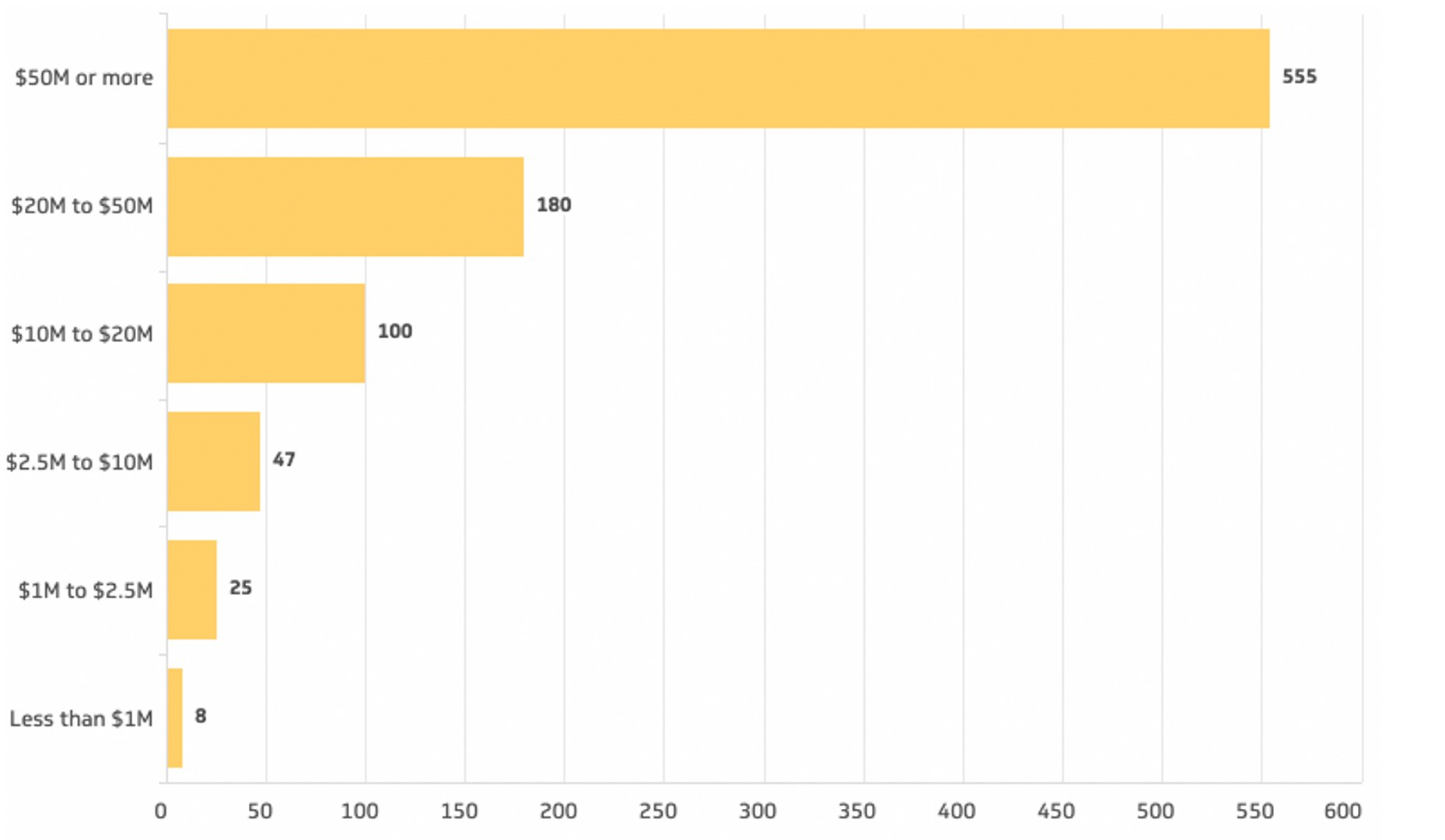Full-Time Employees
Last updated: Sep 17, 2025
What is Full-Time Employees?
Full-Time Employees are permanent staff members who typically work more than 30 hours per week or four days weekly, depending on your organisation's definition and local labour standards. Unlike temporary, seasonal, or contract workers, full-time employees represent your core workforce with ongoing employment relationships. In most jurisdictions, full-time employees are entitled to comprehensive benefits including healthcare coverage, vacation pay, statutory holidays, and other employment standards protections as defined by local labour laws.
Full-Time Employees Formula
Explore Full-Time Employees sample data
This visualization is a live embed from Klipfolio PowerMetrics.
Start tracking your Full-Time Employees data
Use Klipfolio PowerMetrics, our free analytics tool, to monitor your data. Choose one of the following available services to start tracking your Full-Time Employees instantly.
What is a good Full-Time Employees benchmark?
Industry Variations: - Professional Services: Typically 85-95% full-time employees due to client service requirements - Retail/Hospitality: Often 30-60% full-time, with higher part-time ratios for scheduling flexibility - Manufacturing: Usually 80-90% full-time for operational consistency - Technology: Generally 90-95% full-time, though increasing contract developer usage - Healthcare: Varies widely (60-90%) depending on facility type and staffing models Company Size Patterns: - Startups (1-50 employees): 90-100% full-time to maximise commitment and culture building - Small-Medium (51-500): 75-85% full-time as operational complexity increases - Large Enterprises (500+): 70-80% full-time, with more diverse workforce strategies Geographic Considerations: - Urban centres: Higher contractor usage due to talent availability - Remote-first companies: Increasing trend toward full-time remote employees vs. contractors - Provincial variations: For example, in Quebec, Canada distinct labour laws may influence classification decisions
Full-Time Employees benchmarks
Number of Full Time Equivalent (FTE) Employees by ARR

More about Full-Time Employees
This metric serves as a foundational workforce indicator, helping leaders understand their permanent staffing capacity, budget for employee-related costs, and make strategic decisions about organisational structure and growth.
Who counts as a Full-Time Employee:
- Permanent staff working 30+ hours per week (or your organisation's threshold)
- Employees with indefinite employment contracts
- Staff eligible for full benefits packages
- Workers subject to standard employment standards legislation
Who is excluded:
- Independent contractors and consultants
- Part-time employees (typically under 30 hours/week)
- Temporary or seasonal workers
- Students, interns, and co-op placements
- Volunteers
- Board members or advisors
Related Classifications: For comprehensive workforce analysis, consider tracking these complementary metrics:
- Part-Time Employees: Permanent staff working reduced hours
- Contract Workers: Temporary staff for specific projects or periods
- Full-Time Equivalents (FTE): A calculated metric that converts all worker types to full-time equivalents (e.g., two half-time employees = 1.0 FTE)
The FTE calculation is particularly valuable for budgeting, productivity analysis, and comparing workforce capacity across different employment models.
Current Workforce Trends: The traditional employment landscape is evolving rapidly, with several trends affecting how organisations structure their full-time employee base. The post-pandemic era has accelerated a significant shift toward permanent remote and hybrid full-time roles, as companies recognise the value of retaining top talent regardless of location. Simultaneously, the expanding gig economy is impacting some sectors, with organisations seeing 10-15% reductions in traditional full-time ratios as they embrace more flexible workforce models. However, this is often balanced by skills shortages in key areas, which are driving many companies to convert their best-performing contractors to full-time employees to secure critical capabilities and institutional knowledge.
Full-Time Employees Frequently Asked Questions
How do I decide the optimal ratio of full-time to part-time/contract employees for my business?
Consider your business model, cash flow predictability, and talent retention needs. High full-time ratios (80%+) work well when you need consistent availability, deep institutional knowledge, and strong team cohesion. Higher contract/part-time ratios suit businesses with seasonal fluctuations, project-based work, or when testing new roles. Technology companies often maintain 90%+ full-time for core functions while using contractors for specialised or surge capacity.
Should I convert high-performing contractors to full-time employees, and when?
Evaluate based on three factors: duration (contractors working 12+ months often become cost-ineffective), strategic importance (mission-critical roles warrant full-time security), and mutual interest. Be aware of local labour laws regarding contractor classifications that may require employee-like treatment in some jurisdictions. Generally, if a contractor is essential to daily operations and you want to retain them long-term, conversion makes both financial and strategic sense.
How does tracking full-time employees help with budgeting and financial planning?
Full-time employees provide your most predictable cost base—you can accurately forecast salary, benefits (typically 20-30% of salary), and statutory costs. This metric helps you calculate cost-per-employee for space planning, technology investments, and training budgets. It also enables better cash flow management since full-time costs are fixed, unlike variable contractor expenses. Use this data to model growth scenarios and determine when revenue supports additional permanent hires versus flexible staffing.

